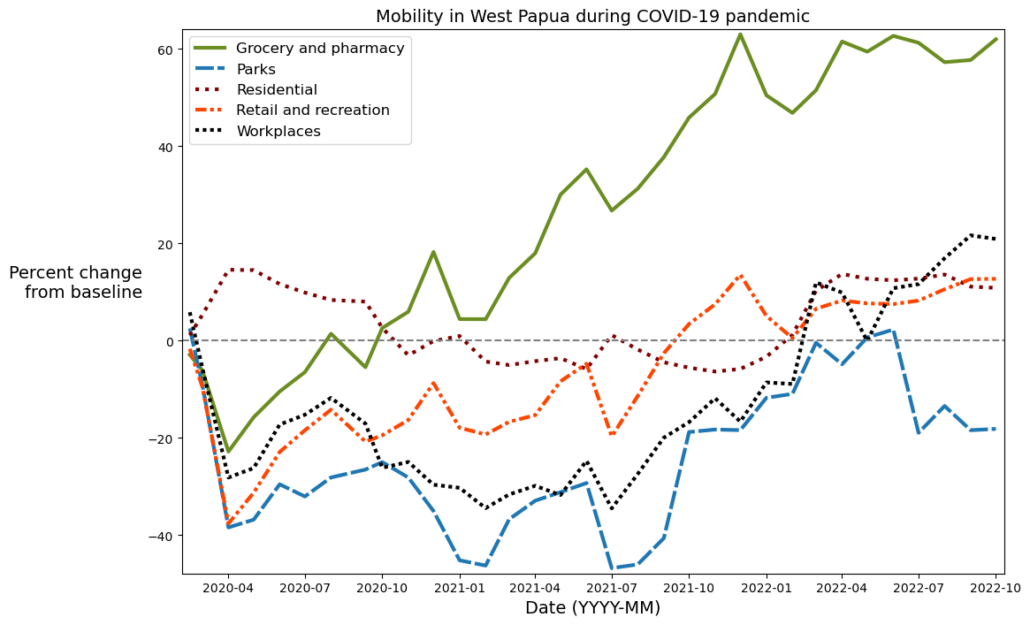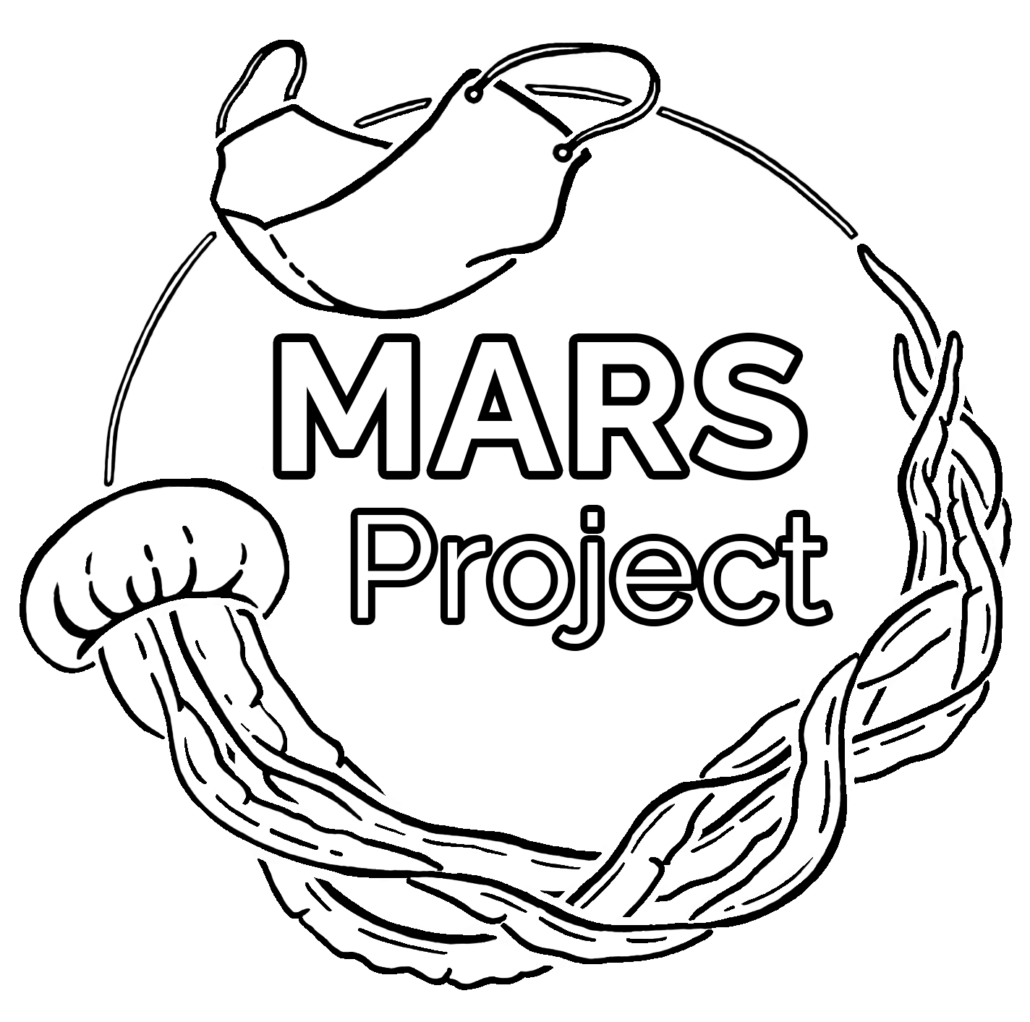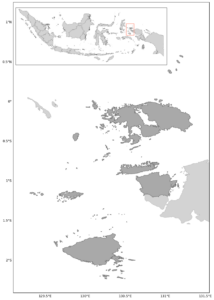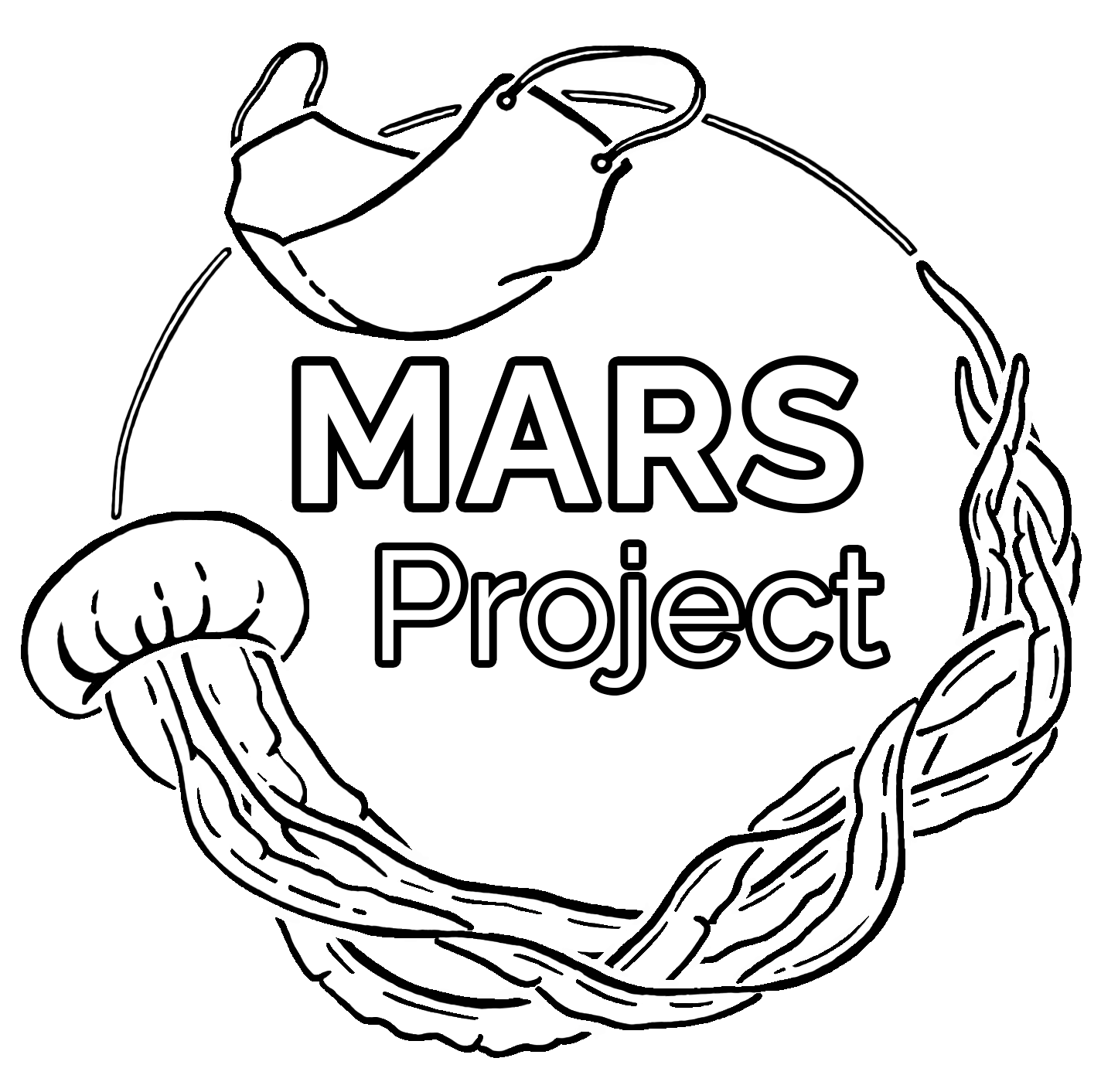Coral reef ecosystem responses to the anthropause
Project summary
We are using the COVID-19 lockdown period, the anthropause, as a new baseline to examine impacts of resident and tourist wastewater on water quality of coral reef ecosystems in Raja Ampat, Indonesia. We are also using these analyses on water quality to study the possible connections between water quality and crown-of-thorns sea star (Acanthaster planci, COTS) outbreak dynamics. Specifically, we are quantifying the impact of tourist relative to resident populations by examining how wastewater nitrogen levels changed following the start of the anthropause, and the response of chlorophyll concentrations.
Where
The coastal waters of Raja Ampat, Indonesia.
What
We are looking for data up to the present day on:
- Chlorophyll-a concentration
- Standard water quality parameters:
- Turbidity
- Sea surface temperature
- Salinity
- Dissolved oxygen
- Liveaboard vessels:
- Guest capacity or recorded number of guests aboard per year
- Crew capacity
- Number of days per year spent in Raja Ampat
- Locations visited (latitudes and longitudes, ideally)
- Black water tank capacity
- Wastewater treatment type (for example, chemical treatment and flushed into ocean or pumped out at dock for land-based treatment)
- Date operations resumed after COVID-19 restrictions lifted
- Land-based tourism accommodations:
- Location
- Guest capacity or recorded number of guests per year
- Sanitation facility type. This can be one of sewer, septic, or direct input, such as latrines or open defecation
- Crown-of-thorns sea star (COTS) outbreaks:
- Records from any point in history up to the present day
- Density or count
- Location (latitude and longitude, ideally)
Some of these, such as land-based accommodation location and capacity, are information that is relatively easy to collect from the internet. Others, such as wastewater treatment types, are not so readily available. In situ data for water quality parameters, such as chlorophyll-a concentration and sea surface temperature, will be used to calibrate and improve the accuracy of remote sensing data.
Modelling the impact of tourist populations on coastal water quality can give insight to how much tourism activity needs to be managed, such as by identifying locations that would benefit most from wastewater management improvements. Regions of high tourist and resident wastewater input may be at higher risk of COTS outbreaks on surrounding coral reefs due to increased nutrient levels, such as nitrogen and chlorophyll. Understanding the degree to which water quality may have improved during lockdown in combination with mapping past COTS reports could be applicable to the methods used for controlling COTS outbreaks.
Should you have information on any of these variables, we would be happy to hear from you. Feel free to contact us if you have any questions!
Background summary
Water quality and human activity
Were changes in water quality and nutrient loading on Indo-Pacific coral reefs linked to reductions in human activity?
During the anthropause, relative human population densities of Indo-Pacific coasts plummeted when nations shut their borders and entered a period of reduced human activity. For example, after the onset of the pandemic year-over-year arrivals into Australia decreased 99% between March 2020 and March 2021 [1], and total yearly arrivals into Indonesia decreased 120% between 2019 and 2020 [2]. This reduction may have lead to reduced nitrogen run off in locations that may normally have higher human densities, such as in tourism hotpots or urban areas, which has been observed in some locations linked to pandemic restrictions [3-7]. These signals were stronger in locations that are normally under heavy pressure from human activity and their duration correlated with the time period of mobility restrictions [8]. However, these signals can be easily overwhelmed by natural climatic variation without adequate time-scaled data [8].

Mean monthly change in mobility in West Papua, Indonesia from February 15, 2020 to October 15, 2022. Figure made with data from Google COVID-19 Community Mobility Reports.
Although most US-based locations returned to pre-pandemic levels of tourism by the end of July 2020, many other countries maintained longer periods of mobility restriction. Australia, for example, remained largely closed to foreigners from March 2020 to February 2022 and Kiribati until August 2022 [9, 10]. Indonesia opened to foreigners in January, 2022 [11]. This longer anthropause window region can offer potential insights into links between coral reef health and changes to human activity in regions that may typically experience heavy anthropogenic pressures.
How will we know whether nitrogen decreases are a result of human activity changes and not agriculture? Globally, nitrogen input to coastal habitats from human wastewater (sewer, septic, and direct input systems) has been found to be roughly half that of agriculture [12]. Agricultural activity was relatively unaffected during the pandemic across the Indo-Pacific region [13, 14], including Indonesia [15], so we predict that significant deviations in nitrogen levels may be attributable to changes in human wastewater and not agricultural runoff. Additionally, we are using sanitation data from WHO/UNICEF and protein availability data from the Food Balance Sheets provided by the UN Food and Agriculture Organization to ensure that we are only estimating nitrogen deposition from human sources.
Coral reef health and crown-of-thorns sea stars
Based on historical records of COTS outbreaks and remote sensing data on ocean conditions, can we identify trends or hot spots in outbreak locations?
Nitrogen from anthropogenic sources such as human wastewater has been linked to algal growth on coral reefs and increased phytoplankton abundance in the water column [16, 17, 18], which planktonic COTS larvae feed on [19]. The nutrient enrichment hypothesis posits this nutrient release could be a chief driver of the crown-of-thorns sea star outbreaks that have been occurring with increasing frequency since the 1960s [19]. Other parameters that may provide favourable conditions are exposure to prolonged periods of sea surface temperature above the historical mean, referred to as Degree Heating Weeks, and minimum sea surface temperature [20].
COTS management programs use manual removal and zoning to reduce the number of stress sources on corals [19], and previous research has assessed these methods in isolation and combination. Attempts to assess the connection between water quality and COTS outbreaks in the field, however, have been unsuccessful due to the continued decline in coastal water quality over time [21]. Laboratory experiments and population models suggest that outbreaks may occur at chlorophyll-a concentrations over 0.25 μg/L during the spawning season [22]. The anthropause effectively created a ‘natural experiment’ at a large geographic scale; we can take this opportunity to test these laboratory findings in the field.
References
- Tourism Australia. International market performance statistics (2022).
- The World Bank. International tourism, number of arrivals – Indonesia (2022).
- Cherif, E.K. et al. COVID-19 pandemic consequences on coastal water quality using WST Sentinel-3 data: Case of Tangier, Morocco. Water (2020).
- Patterson, E.J. et al. Covid-19 lockdown improved the health of coastal environment and enhanced the population of reef-fish. Marine Pollution Bulletin (2021).
- Buzzi, N. et al. An overview on metal pollution on touristic sandy beaches. Marine Pollution Bulletin (2022).
- Callejas, I.A. et al. Effect of COVID-19 anthropause on water clarity in the Belize coastal lagoon. Frontiers in Marine Science (2021).
- Acharya, P. et al. Imprints of COVID-19 lockdowns on total petroleum hydrocarbon levels in Asia’s largest brackish water lagoon. Marine Pollution Bulletin (2022).
- Wetz, M.S. et al. No widespread signature of the COVID-19 quarantine period on water quality across a spectrum of coastal systems in the United States of America. Science of the Total Environment (2022).
- BBC. Covid: Australia’s border reopens to international visitors (2022).
- Gov.UK. Foreign Travel Advice: Kiribati.
- Consulate General of the Republic of Indonesia in Los Angeles, United States of America. Update: Indonesia Travel Restrictions (2021).
- Tuholske, C. et al. Mapping global inputs and impacts from of human sewage in coastal ecosystems. PLOS ONE (2021).
- Mishra, D. R. et al. Decline in Phytoplankton Biomass along Indian Coastal Waters due to COVID-19 Lockdown. Remote Sensing (2020).
- Davila, F. et al. COVID-19 and food systems in Pacific Island Countries, Papua New Guinea, and Timor-Leste: Opportunities for actions towards the sustainable development goals. Agricultural Systems (2021).
- Oelviani, R. et al. Impact of Covid-19: How to Achieve Resilience in the Indonesian Agricultural Sector? In: Chaiechi, T., Wood, J. (eds) Community Empowerment, Sustainable Cities, and Transformative Economies. ISBN: 978-981-16-5259-2 (Springer, Singapore, 2022).
- Graham, N. A. et al. Managing resilience to reverse phase shifts in coral reefs. Frontiers in Ecology and the Environment (2013).
- Fabricius, K. et al. Changes in algal, coral and fish assemblages along water quality gradients on the inshore Great Barrier Reef. Marine Pollution Bulletin (2005).
- Lapointe, B. E. et al. Macroalgal blooms on southeast Florida coral reefs: II. Cross-shelf discrimination of nitrogen sources indicates widespread assimilation of sewage nitrogen. Harmful Algae (2005).
- Birkeland, C. and Lucas, J. Acanthaster planci: major management problem of coral reefs. ISBN: 0849365996 (CRC Press, Boca Raton (USA), 1990).
- Matthews, S. A. et al. Larval connectivity and water quality explain spatial distribution of crown-of-thorns starfish outbreaks across the Great Barrier Reef. Advances in Marine Biology (2020).
- Westcott, D. A. et al. Relative efficacy of three approaches to mitigate Crown-of-Thorns Starfish outbreaks on Australia’s Great Barrier Reef. Scientific Reports (2020).
- Fabricius, K. E., Okaji, K. and De’ath, G. Three lines of evidence to link outbreaks of the crown-of-thorns seastar Acanthaster planci to the release of larval food limitation. Coral reefs (2010).


